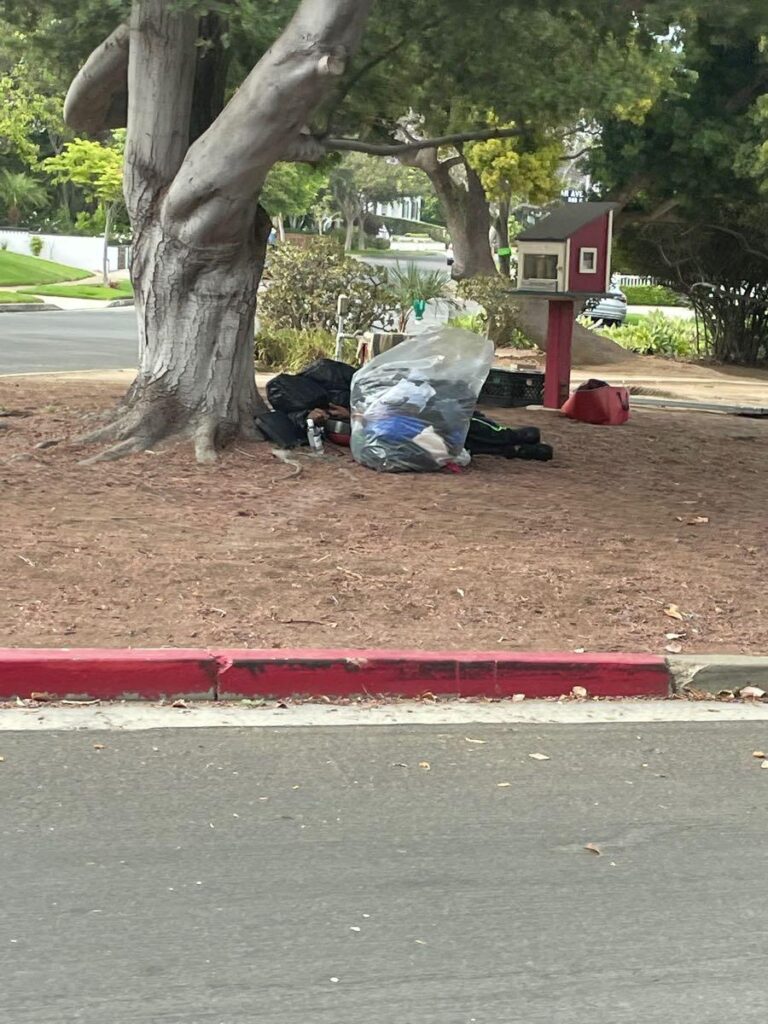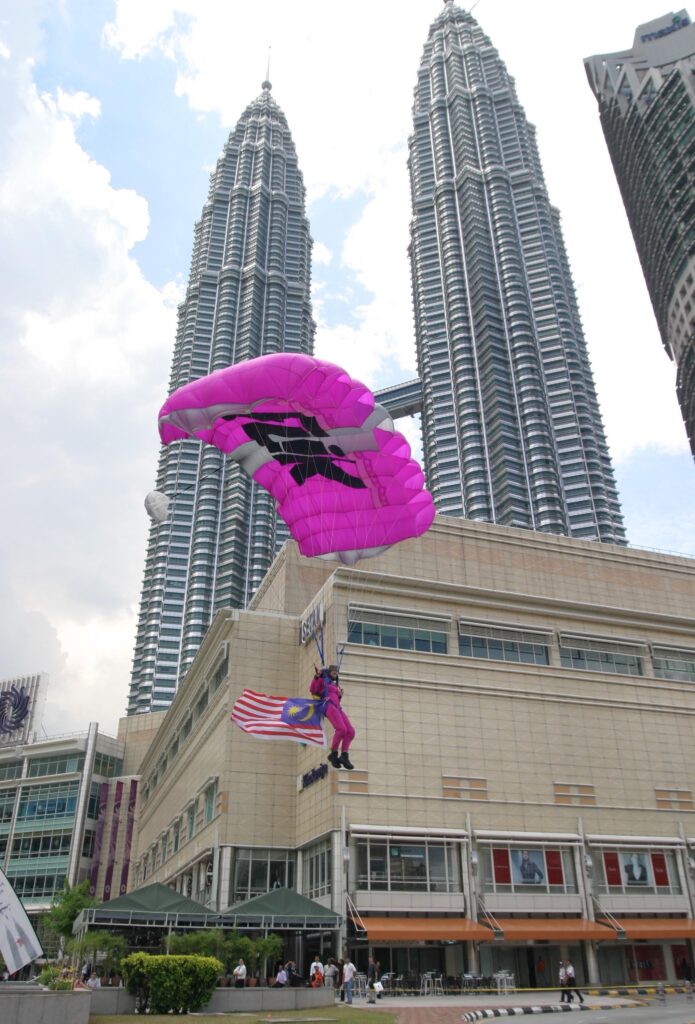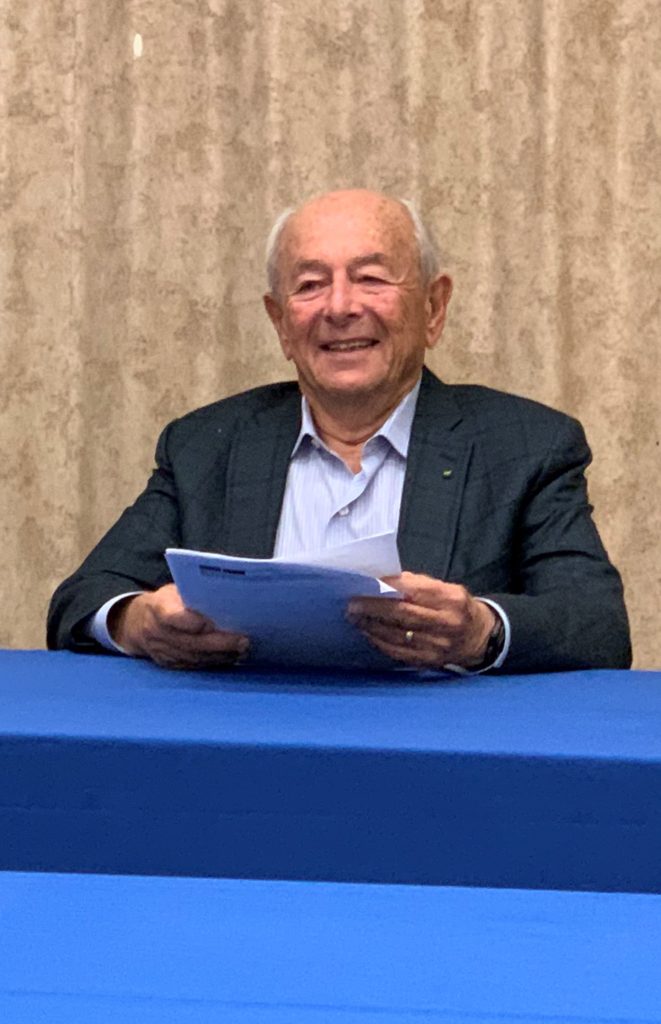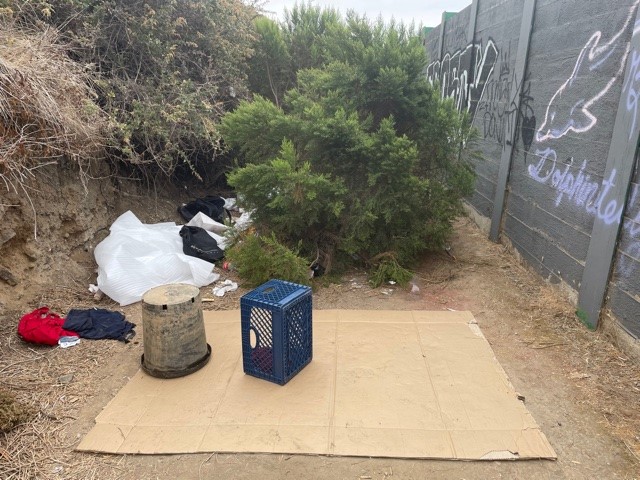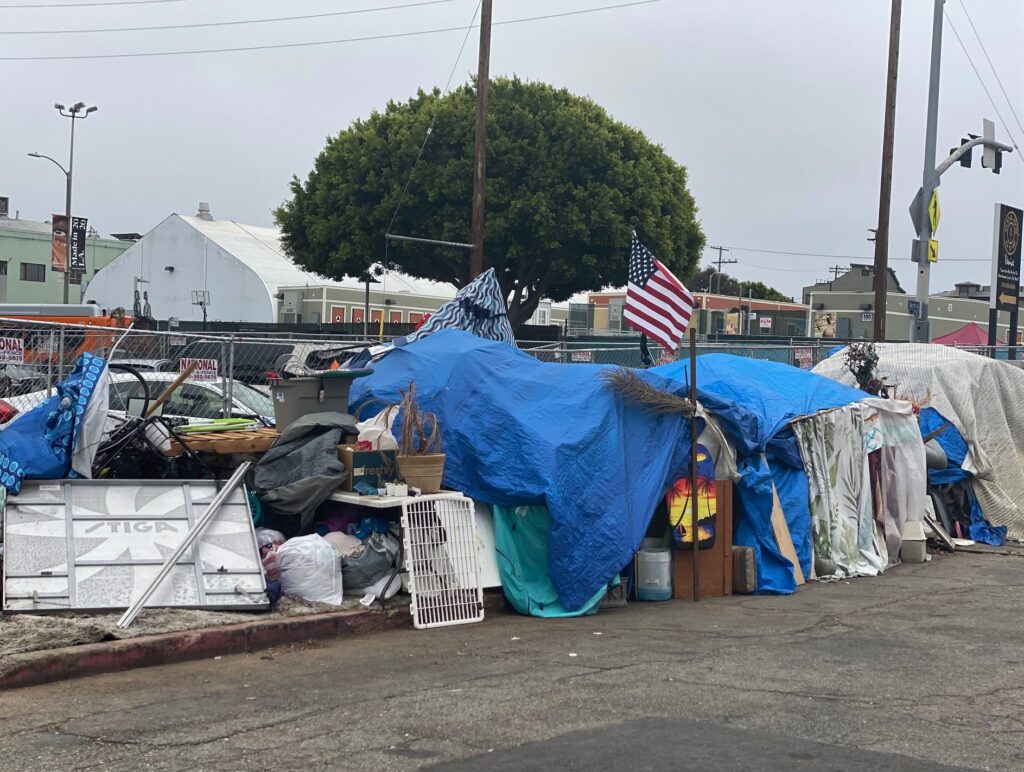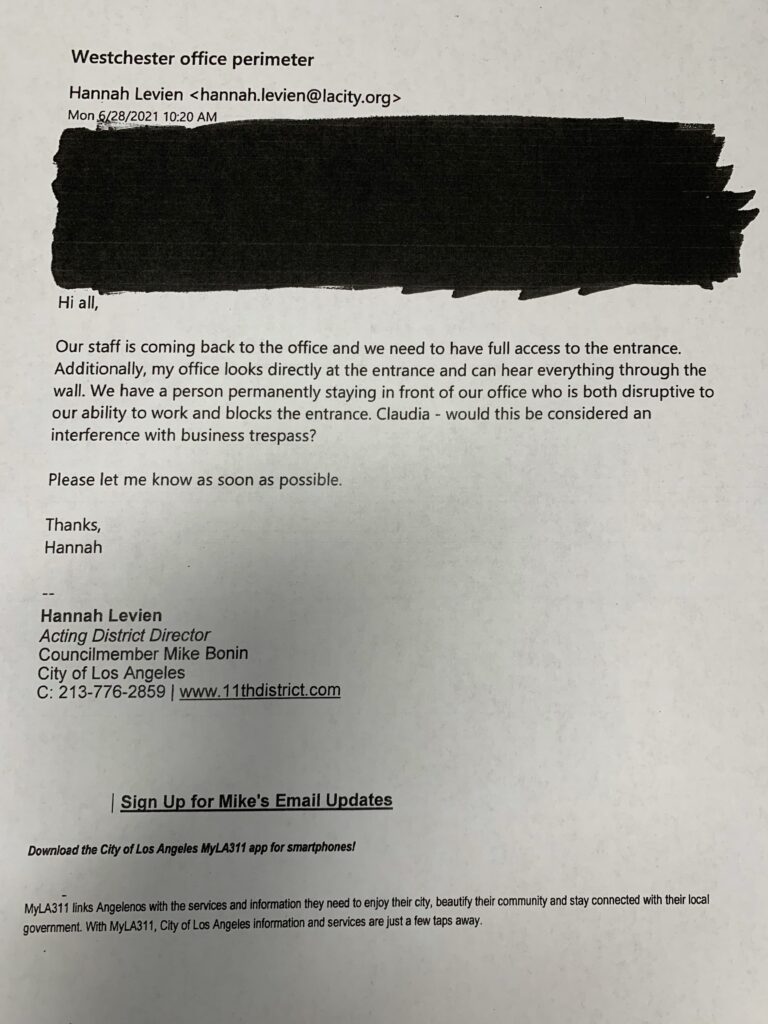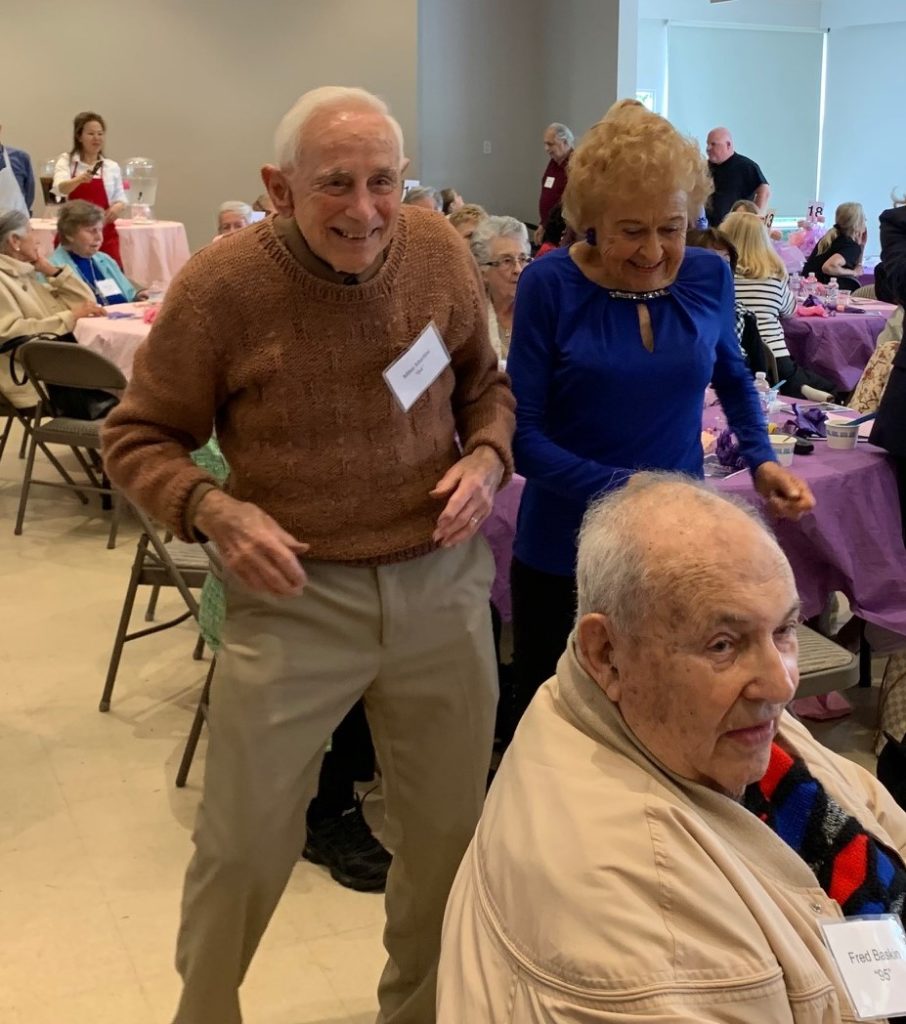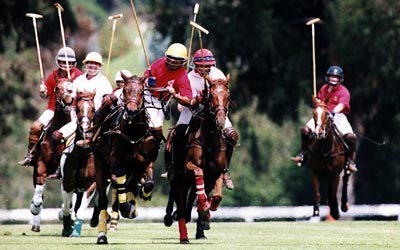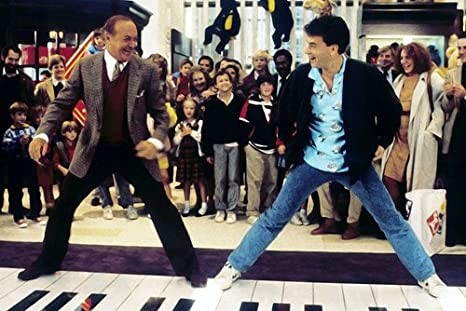(Editor’s note: This story is printed by permission with the Venice Current. CTN knows this area of town (under the 405 freeway at Venice). My daughter lives in an apartment, about six blocks, from this homeless encampment. Since she moved there in 2019, CTN has watched the encampment grow, and concerns about the safety of my daughter have increased. I no longer will have to worry about her, and the violence of that encampment, because she’s moving out of California this month.)
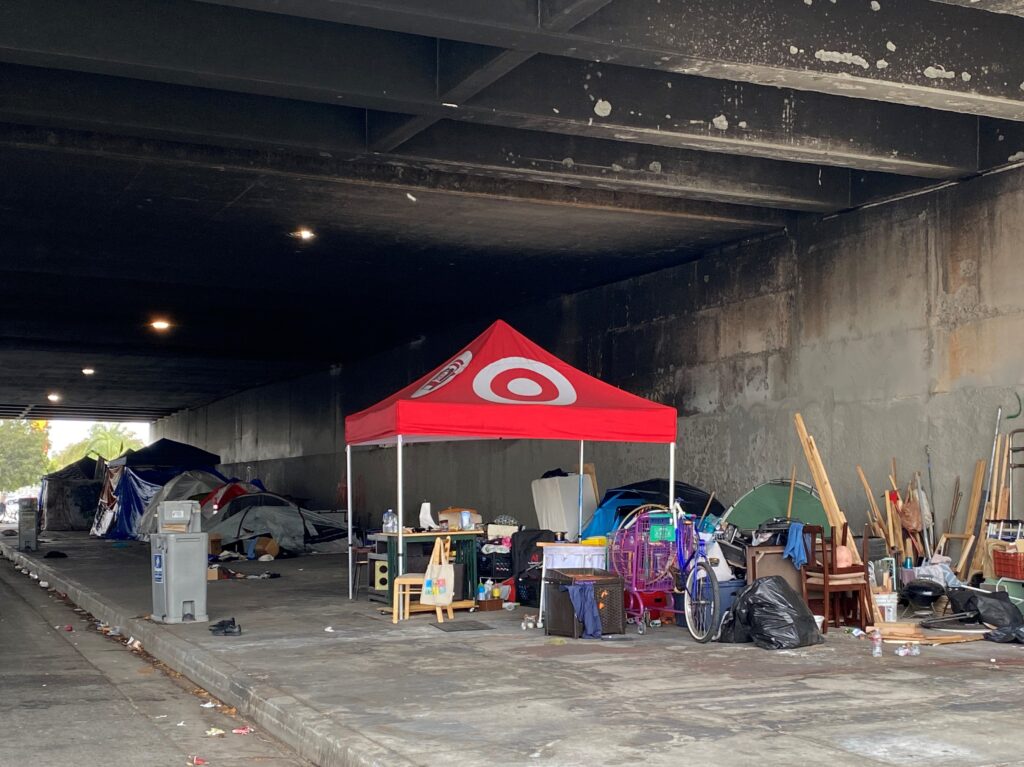
This is the encampment on the Culver side of Venice Avenue under the 405 Freeway. A fire damaged a section of the area (the charring is apparent), but people are coming back.
By ANGELA MCGREGOR -Jan 26, 2021 Updated Jun 30, 2021
On December 2nd, after hearing that a transient who lived in an encampment near her home had been charged with the murder of her Mar Vista neighbor, Liz Bennett** cried for most of a day. Then she emailed her City Councilman Mike Bonin’s office for perhaps the 25th time in the past year:
Dear Councilman Bonin,
I am heartbroken, horrified, and incensed over the murder of Mar Vista resident Jesus Valdivia Jimenez at the hands of Dylan Brumley, a well-known regular of the Venice/Globe encampment.
I have been warning you for years that this particular encampment is the most unsafe and toxic situation I have ever witnessed in my entire life and that it was my greatest fear that either an unhoused neighbor living within the encampment or a housed neighbor living nearby was going to die, and my worst fears have come true on both fronts…My heart breaks to pieces for Jesus Valdivia Jimenez’s family and the fact he died for a mere bicycle…
Bennett has lived with her family near the 405 overpass at Sawtelle and Venice for a decade. When she first arrived there, there were a few homeless who would congregate routinely near the corner, for the most part peacefully panhandling on the median at the busy intersection. Roughly two years ago it became what she termed “hell on earth,” with an explosion of tents.
At first, the tents were only on one side of the overpass — the northern side, which is in the city of Los Angeles. On the south side, in Culver City, the sidewalks were clean and vacant due to constant enforcement of their anti-camping laws.
Then, in June of 2019, Councilman Bonin and Councilman Buscaino called on the City Attorney to explore “legal steps” that L.A. could use to compel Culver City to comply with a federal court decision to allow sidewalk camping.
Within weeks, both sides of Venice Blvd. under the 405 were packed with tents. Bennett began barraging Bonin’s office with emails describing what she called “the declension of our neighborhood” in 2019. In a letter dated February 23, 2019, she wrote to him describing waking up “to a homeless person lying in the most unnatural position [near her home]… with various drug paraphernalia sprinkled around him. He did not move; he seemingly did not even breathe.”
Bennett called 911, likely saving the man’s life.
“To blatantly enable mentally disabled and drug-addicted unhoused citizens to wallow in their own filth and illnesses and to put the whole entire community in danger is beyond reproach. I am so ashamed of what Los Angeles has become and how its leaders have let its people down. Please remember that this is happening on your watch; this is your legacy. Please help us.”
On August 5, 2019, she wrote to Nick Sundback, then Bonin’s field deputy for Mar Vista, that “… there was an encampment man setting his coat on fire in the alley…” and attached photos of the incident, along with some of another man “with no shoes on, drugs in his lap, and a pile of money to his right”.
The man setting his jacket alight in Bennett’s photo was Dylan Brumley. Bennett had seen him in her alley numerous times.
Brumley appeared twice on NBC’s “Streets of Shame.” In a May 2019 appearance, Brumley stated that, rather than spend money on encampment porta-potties and extra trash cans (as Venice Community Housing Executive Director Becky Dennison recommended during the same program), he wished the city would fund much needed drug rehab and mental health services. During his appearance he was filmed picking up a dirty needle in the encampment, which he told the reporter he intended to use.
On March 16, 2020, the city installed porta-potties under the overpass. They remain there to this day, from 7 a.m. to 7 p.m., with an attendant guarding them, at a cost to the city the L.A. Times reported is upwards of $300,000 per year.
In August, the city altered the water lines at the corner, in order to accommodate twice-weekly mobile showers, at a reported cost of $150,000.
In a second appearance in December of 2019, Brumley told the reporter, “I have violent anger tendencies and so I don’t hurt other people, I hurt myself.”
He displayed the scars on his arms from where he’d burned himself with cigarettes. He acknowledged that Los Angeles Homeless Services Authority (LAHSA) was out to the overpass on a regular basis but said that mainly they just “handed out snacks” and that they had still not offered him either drug or mental health treatment options.
After his television appearances, Bennett observed Brumley becoming increasingly emaciated and frail, much like other campers Bennett had watched decay from drug addiction and mental illness from her “front row seat” near the overpass. It was heartbreaking.
Bennett was familiar with the LAHSA drop-offs Brumley was describing. LAHSA workers — identifiable by their black, logo-ed t-shirts — would pull up to the sidewalk under the overpass in their cars, quickly drop off a plate of sandwiches or donuts, and then pull away. Over time, she noticed what appeared to be a high rate of turnover among the mostly college-aged volunteers, and assumed they were quickly becoming overwhelmed.
Her assumption was confirmed in June of 2020, when she was invited by Sundback to speak at a “Biweekly Mar Vista Coordination Call” with a variety of local service organizations.
Over Zoom, she described her experiences and told the participants that “the placement of my house makes me the ears and eyes of the Venice/Globe encampment.”
By that time, she and her husband had been first responders to three overdosed encampment dwellers and had witnessed four shootings. In April of 2019, a car drove by the overpass and opened fire on an encampment, an incident caught on camera and broadcast on every news station in town.
The police told her it was drug and gang related, which came as no surprise. Bennett’s home had been tagged with gang symbols repeatedly, and she’d seen gang members in bandanas taking pictures with guns outside of her window.
In January of 2020, police shot to death a mentally ill camper waving what turned out to be a gun-shaped bicycle part at them at the nearby corner of Venice and Sepulveda (the encampment is filled with stolen bicycles and parts).
Bennett told the service providers that she would “love to work closely with [them] to help them target the unhoused people who are in desperate need of services.”
Her speech was met with silence, until a discussion began about how unsafe it was to provide assistance to the 405 encampment dwellers. Stunned, Bennett pointed out that her neighborhood would then bear the brunt of the danger. These were sick people, mostly mentally ill and/or addicted, who needed services immediately.
LAHSA referred her to the LA Homeless Outreach Portal (LAHOP) in order to fill out a request online. After using it twice and in both cases getting the response “We are aware that there is a situation in that area” and seeing no change in LAHSA’s snack-intensive, hands-off approach to the problem, she gave up on LAHOP.
The following August, George Frem — the owner of an automotive service shop adjacent to the encampment — told Bennett that, during testimony in L.A. Alliance’s lawsuit against the city (in which Frem was a plaintiff), Mike Bonin had stated that the 405 encampment would be dismantled by the end of September, 2020. Thrilled with the news, Bennett wrote to Nick Sundback asking for verification. He wrote back:
Here’s my understanding of the current mobilization:
Step 1: Started a week ago. LAHSA outreach teams are screening and assessing everyone at the encampment.
Step 2: Starting next week, for the next three weeks LAHSA outreach teams will make housing plans specific to the circumstances of each resident.
Step 3: Starting in four weeks, LAHSA outreach teams will move encampment residents into housing as outlined in their plans (shelter, motels, family reunification). This will take 6 weeks.
I would expect the number of people under the freeway to decrease in the short term. However, the court order does NOT prevent other homeless people from setting up camp under the freeway afterwards, say, in October or November.
Sundback did not mention that keeping the encampments from returning to the underpass after they’d been cleared would require a local law to permanently prevent encampments in specific locations.
In late October, 2020, such a motion was put before the City Council, and Councilman Bonin vehemently opposed it, suggesting that it “criminalized” homelessness. The motion was ultimately tabled.
On August 31, Bennett received an auto-generated email letting her know that Sundback was no longer on the Councilman’s staff.
On October 23, after the original September deadline had been extended to October 31, Bennett met with Vishesh Anand, Sundback’s replacement, at her home.
Bennett asked him why the city had given priority to quickly clearing an encampment near Rose and Penmar using Project Homekey funds, rather than clearing the tents under the 10 freeway, especially given Judge Carter’s mandate in the L.A. Alliance lawsuit.
Anand told her that the Department of Parks and Recreation getting involved at Penmar (encampments were on their property) made a big difference. He reassured her the 405 encampment was “on deck” to be dismantled next. When a massive fire broke out in the encampment on October 28 — the day of Jimenez’s killing — Bennett asked first responders what kind of progress had been made the dismantling effort and was told that absolutely nothing had been done to clear the encampments at that point.
On November 12, Anand wrote her, “Right now, the biggest hurdle for us to house more folks is funding. We are working with the Council president to release more County funding for housing resources.”
Three weeks later, Dylan Brumley was charged with Jimenez’s murder. He is currently in custody, awaiting trial.
After waiting two weeks for Councilman Bonin to respond to her December 2 missive, Bennett wrote to Anand.
“I am still in shock at Councilman Bonin’s silence over the death of Jesus Valdivia Jimenez,” she wrote. “The silence is deafening. To me, it is sociopathic to look the other way and to act like this unspeakable and preventable tragedy didn’t occur within our district. There is no doubt in mind that if I, my husband, or my neighbor (either housed or unhoused) were killed in the alley today, Bonin would respond in the exact same manner, and that level of inhumanity truly shakes me to my core.”

This is the fire started by the homeless on Venice under the 405 Freeway.
On Christmas Day, Bennett woke to another massive fire in the encampments near her house, and once again wrote to her Councilman’s office.
“The addicts who live under the 405 are destroying themselves at a rapid rate. I’ve never seen any addict get better by living under the 405. All I see occurring here is utter decay and self-destruction. Lives are at risk. I hope that means something.”
She went on to say, “I am also in shock over a stunning revelation from the L.A. Human Rights Alliance virtual town hall last Wednesday. One of the lawyers, Elizabeth Mitchell, announced that funding was not an issue, and that Councilman Bonin could house everyone under the 405 today if he truly wanted to…here is her claim in writing: “I reiterate: funding is not an excuse. There are very low cost alternatives that Mike Bonin could utilize to open NEW beds (which was the point of the 6700-bed agreement) to immediately ameliorate the situation.”
Anand responded, “Of course LA Alliance would say that to the public. If they didn’t believe that to be true, they wouldn’t have taken the County and the City to court. A party suing us isn’t a neutral source of information about the current reality. The only neutral party, the Judge overseeing the case, has constantly told Councilmembers that he knows that the City has to increase shelter beds. He has also mentioned that he will not give the City any enforcement tools to move encampments until enough capacity is present. He also constantly monitors each Councilmember’s progress.”
He continued, “The drug use at this encampment has been flagged for LAPD, and in a call with me a couple of weeks ago they assured me they are investigating this.”
That day, another one of Bennett’s elderly neighbors was attacked and killed by a mentally ill transient. That case is still under investigation.
Mitchell has told Bennett that the latest deadline for the city to clear freeway encampments, April of 2021, is absolute. According to the L.A. Alliance’s website, the City must acquire 6,000 beds by that time, in order to be able to offer them to freeway encampment residents. Bennett says she’s “cautiously optimistic.”
Meanwhile, the encampment continues to grow, and Mr. Bonin has yet to personally respond to any of Bennett’s emails.
**”Liz Bennett” is an alias. She requested anonymity in order to ensure her safety.

